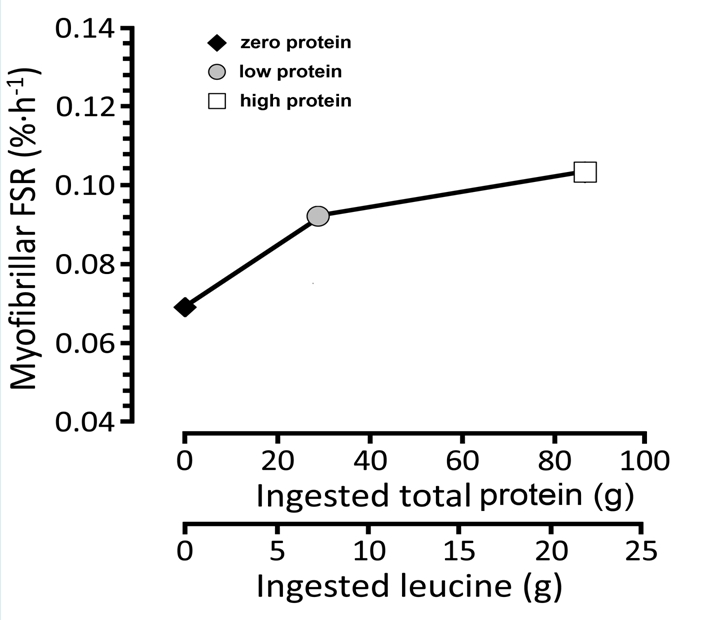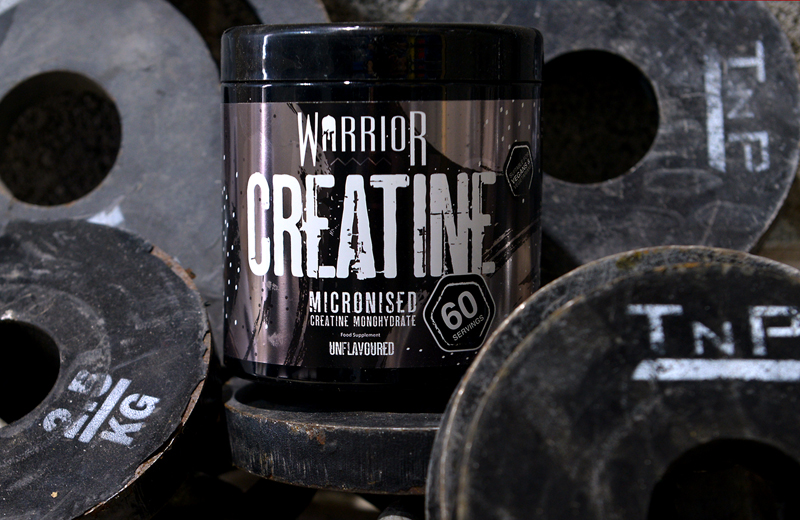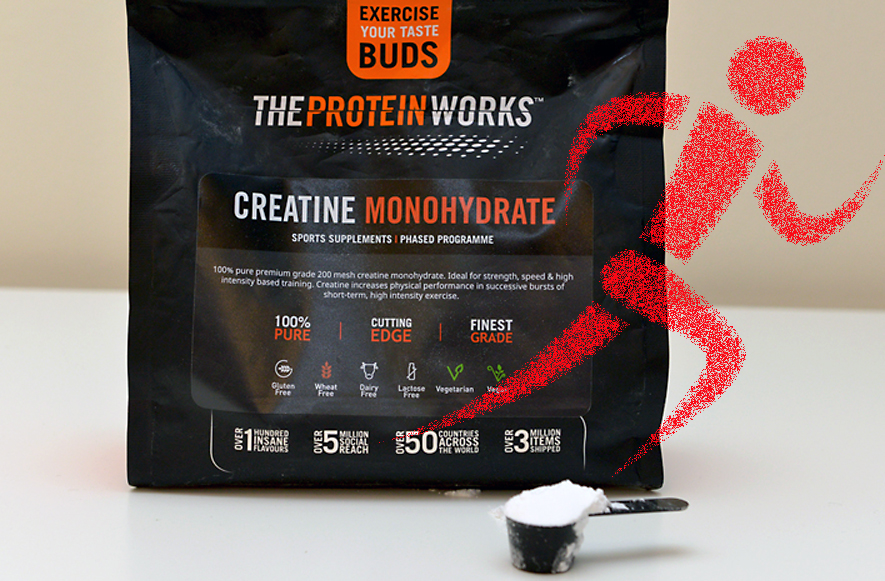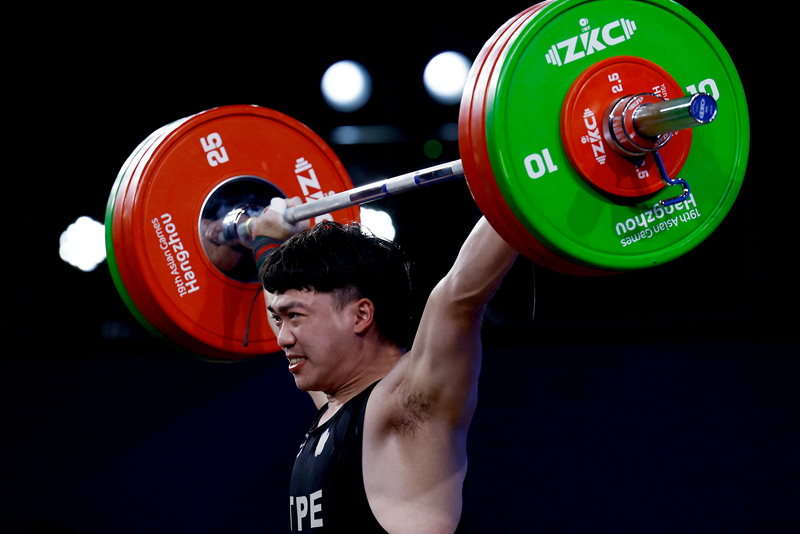Protein showdown: whey or soy for maximum recovery?

Can soy protein match whey when it comes to recovery? SPB looks at new research
One of the most important aspects of any training program is maximizing recovery. The faster and more fully an athlete can recover, the sooner he or she will be refreshed and physiologically ready to train again. One key ingredient of post-exercise recovery is rest; the other of course is nutrition. Numerous studies in the scientific literature have demonstrated that consuming carbohydrate (for muscle glycogen replenishment) and protein (for muscle repair and regeneration) very significantly improves recovery, allowing athletes to perform sooner and better than when these nutrients are not consumed post exercise.Much of the early research into post-exercise recovery focussed on the benefits of carbohydrate feeding, either after training or competition(1). However, as more research into this topic took place, it became apparent that consuming protein after exercise was also critical for ensuring optimum recovery; studies showed that consuming protein in conjunction with carbohydrate was much more effective for post-exercise recovery in terms of muscle synthesis (to repair damaged muscle tissue) than consuming carbohydrate alone(2-4). As a result, it is now standard practice (or should be!) to consume both protein and carbohydrate post-exercise.
Which protein for maximum recovery?
Once exercise has ceased, the goal is to supply the muscles with the nutrients required as soon as possible following that bout of exercise. This not only maximizes the time available for recovery, there’s also good evidence that muscles are better ‘primed’ to absorb nutrients sooner after exercise than later, particularly where protein ingestion is concerned(5). Given the above, most post-exercise recovery protocols recommend the ingestion of faster-releasing carbohydrates and proteins shortly after exercise, especially when the athlete is required to perform again soon (eg in competition heats of multi-day events). In the case of carbohydrate intake, simpler, more rapidly digested carbohydrates such as maltodextrin/glucose etc are recommended over longer-chain starchy carbohydrates (such as oats, bread, cereal etc) for immediate post-exercise consumption. In the case of proteins, those that are more rapidly digested into the constituent amino acid building blocks (such as whey from milk and soy protein) are recommended over slower digested proteins such as casein (another milk protein) and beef.Whey vs. soy
Of all the post-exercise recovery proteins, whey has long been regarded as the top dog; not only is it broken down rapidly into amino acid building blocks, it also contains all of the essential amino acids in the right ratios, and is particularly rich in an amino acid called leucine. Like all the amino acids in protein, leucine serves as a building block of muscle tissue. In recent years however, scientists have discovered that leucine plays a special role in this process – probably by acting as a ‘signalling molecule’, helping to switch on genes involved in muscle protein synthesis(6). Indeed, research shows that when the leucine content of protein is high, even modest amounts of post-exercise protein can stimulate muscle growth and also that giving much larger quantities of protein doesn’t result in commensurate extra muscle growth (see figure 1)(4).Figure 1: Muscle tissue synthesis: zero vs. low vs. high protein recovery drinks(4)

Muscle tissue synthesis was much lower when the cyclists drank the carbohydrate-only drink for recovery. The low-protein, high-leucine drink meanwhile produced almost as much muscle synthesis as the high-protein, drink containing triple the protein! NB: Myofibrillar FSR = amount of muscle tissue synthesis measured in % per hour.
However, while whey is undoubtedly an excellent choice, other fast-digesting proteins are also popular, in particular soy protein, which is relatively inexpensive and suitable for athletes who follow dairy-free and/or vegan diets. Research shows that both whey and soy protein can produce a beneficial effect on muscle function and physical performance following damaging exercise(7,8). Also, both whey and soy are both rich in cysteine, an amino acid that serves as a starting synthesis point for a key cell antioxidant called ‘glutathione’ – ie both these proteins may produce protective antioxidant effects in the body(9).
In theory, the higher leucine content of whey might give it the edge as the protein of choice for recovery. But is this actually true? In particular, is this true in terms of subsequent performance following recovery? This is where the issue gets cloudy; despite the proven effects of protein intake on muscle protein synthesis rate, supplementation of proteins (in addition to carbohydrate) is not consistently associated with improved exercise performance. Some studies have reported that intake of protein after exercise improves subsequent performance(10-13), whereas other studies have failed to observe such effects(14-17).
New research
To try and answer this question, newly-published research by Greek scientists has compared the effects of whey vs. soy protein supplementation on field activity, performance, muscle damage and antioxidant responses following speed-endurance training in soccer players(18). Soccer was specifically chosen as an exercise mode because the speed-endurance training involved in soccer training incorporates activities with a strong eccentric component (ie high-speed running, accelerations, decelerations and changes of direction) which may promote exercise-induced muscle damage and results in prolonged performance deteriorations for as long as 72 hours during a recovery period(19).In the study, which was published in the Journal of the International Society of Sports Nutrition, ten well-trained, male soccer players completed three speed-endurance training trials. In each trial, the tasks completed were the same but the trials varied according to what the players ingested before and afterwards. These were as follows:
- Whey protein
- Soy protein
- A maltodextrin-carbohydrate drink containing the same number of calories as the protein drinks but with zero protein content – ie the placebo condition
- Isokinetic strength of the quadriceps and hamstrings of the front and rear thigh respectively
- Maximal voluntary isometric contraction strength.
- Speed and repeated sprint ability on the pitch
- Countermovement jump performance
- Muscle damage (delayed-onset of muscle soreness and biochemical markers of muscle damage)
- Measures of the antioxidant capacity of the muscle tissue
What they found
The key findings were as follows:- High-intensity and high-speed running decreased significant during speed-endurance training (ie between trial #1 and trial #2) in all the three conditions, but the use of either whey or soy protein mitigated this performance decline by about the same amount (ie they were considered equally beneficial – see figure 2).
- The players’ 10-metre sprint speeds were impaired after 24 hours when they had consumed the placebo. However, the use of either whey or soy prevented this impairment.
- Delayed-onset of muscle soreness, creatine kinase, total antioxidant capacity and protein carbonyls increased and antioxidant status decline equally regardless of whether whey, soy or placebo was consumed. However, the use of soy protein did induce a faster recovery in one particular index of antioxidant status (protein carbonyls) after 48 hours compared to either whey or placebo.
Figure 2: Effect of whey vs. soy vs. placebo on field performance

The decline in performance between training session #1 and #2 was significantly reduced when either whey or soy protein were supplemented in the diet during recovery.
What do these findings mean for athletes?
In simple terms, these finding show that in terms of actual performance, the use of soy protein following heavy exercise appears to be equally effective as whey protein. In this study, increasing the players’ daily protein intakes to 1.5 grams per kilo per day through ingestion of either whey or soy protein supplements mitigates field performance deterioration equally during successive speed-endurance training sessions without affecting exercise-induced muscle damage or antioxidant status. In short then, athletes who wish to use soy as a recovery protein rather than whey appear to have little to lose. One thing we can’t comment on however is protein balance. Did the whey induce more muscle tissue synthesis than soy during the recovery period? Unfortunately, this wasn’t measured so we don’t know. It could still be that where maximum strength and muscle mass is the goal, whey still has an advantage – something that has been suggested in previous research(20).In summary
Optimum recovery is essential for athletes seeking maximal performance, and the right nutrition plays a key role. In addition to adequate fluid and carbohydrate following exercise – particularly hard session, the ingestion of protein is also recommended. While whey protein has long been considered the best recovery protein, these findings suggest that athletes on a dairy-free or vegan diet could equally benefit from soy protein supplementation to mitigate performance losses. However, recovery is about more than just supplementing protein; timing of ingestion, day-to-day diet, rest and relaxation all play a vital role. For a fuller discussion of the science of recovery in sport more generally, a number of articles can be found by following this link. Look out too for more on detailed nutritional recovery strategies coming up in the next issue!References
- Clin Sports Med. 1984 Jul;3(3):595-604
- PLoS One. 2016; 11(4): e0153229
- Med Sci Sports Exerc 2012; 44(4): 682-691
- Med Sci Sports Exerc. 2015 Mar;47(3):547-55
- J Physiol. 2013 May 1;591(9):2319-31
- Nutrients. 2020 Aug 12;12(8):2421. doi: 10.3390/nu12082421
- Asian J Sports Med. 2016;7(3):e33528
- J Int Soc Sports Nutr. 2010;7:30
- Eur J Nutr. 2006;45(5):259–66
- Med Sci Sports Exerc 2004. 36: 1233–1238
- J Int Soc Sports Nutr 2008. 5: 24 1550-2783-5-24 [pii]
- Appl Physiol Nutr Metab 2011. 36: 242–253
- Appl Physiol Nutr Metab 2008 33: 39–51. h07-136 [pii]
- Int J Sport Nutr Exerc Metab 2005. 15: 590–609
- Med Sci Sports Exerc 2006. 38: 1608–1616
- Med Sci Sports Exerc 2012. 44: 57–68
- Int J Sport Nutr Exerc Metab 2005 15: 610–624
- J Int Soc Sports Nutr. 2021 Mar 16;18(1):23
- Int J Sports Physiol Perform. 2019:1–14
- Nutrients. 2017 Sep 4;9(9):972. doi: 10.3390/nu9090972
You need to be logged in to continue reading.
Please register for limited access or take a 30-day risk-free trial of Sports Performance Bulletin to experience the full benefits of a subscription. TAKE A RISK-FREE TRIAL
TAKE A RISK-FREE TRIAL
Newsletter Sign Up
Testimonials
Dr. Alexandra Fandetti-Robin, Back & Body Chiropractic
Elspeth Cowell MSCh DpodM SRCh HCPC reg
William Hunter, Nuffield Health
Newsletter Sign Up
Coaches Testimonials
Dr. Alexandra Fandetti-Robin, Back & Body Chiropractic
Elspeth Cowell MSCh DpodM SRCh HCPC reg
William Hunter, Nuffield Health
Keep up with latest sports science research and apply it to maximize performance
Today you have the chance to join a group of athletes, and sports coaches/trainers who all have something special in common...
They use the latest research to improve performance for themselves and their clients - both athletes and sports teams - with help from global specialists in the fields of sports science, sports medicine and sports psychology.
They do this by reading Sports Performance Bulletin, an easy-to-digest but serious-minded journal dedicated to high performance sports. SPB offers a wealth of information and insight into the latest research, in an easily-accessible and understood format, along with a wealth of practical recommendations.
*includes 3 coaching manuals
Get Inspired
All the latest techniques and approaches
Sports Performance Bulletin helps dedicated endurance athletes improve their performance. Sense-checking the latest sports science research, and sourcing evidence and case studies to support findings, Sports Performance Bulletin turns proven insights into easily digestible practical advice. Supporting athletes, coaches and professionals who wish to ensure their guidance and programmes are kept right up to date and based on credible science.









